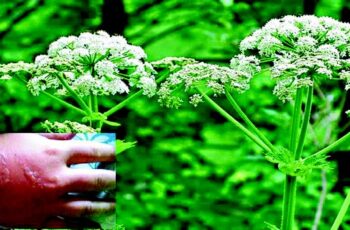Ad Blocker Detected
Our website is made possible by displaying online advertisements to our visitors. Please consider supporting us by disabling your ad blocker.
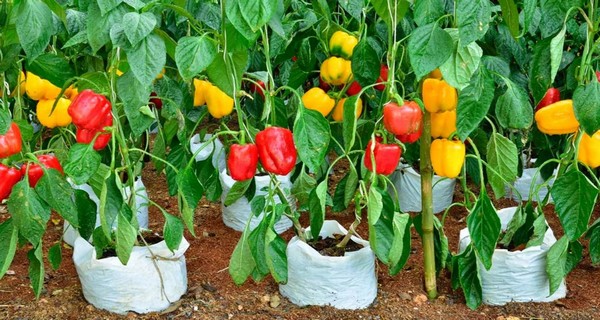
The Secret To Planting Peppers – 3 Must Add Ingredients To Put In Your Pepper Planting Hole!
Giving Pepper Plants The Power They Need On Planting Day
Indeed, the quicker and more substantial the roots of a pepper plant can grow at the beginning, the more efficiently it can absorb nutrients and moisture from the soil. This rapid absorption accelerates its development, maturity, and the production of blooms and fruit.
This is precisely why it’s crucial to provide your new transplants with additional energy in their planting hole. By using a few simple, all-natural ingredients, you can enrich the soil around their roots with a loose, fertile, and easily absorbable energy source that promotes rapid growth. As you’ll discover, it’s simple to achieve this with just compost, worm castings, and a small amount of wood ashes! This approach ensures your pepper plants get off to a great start.
3 Must Add Ingredients To Put In Your Pepper Planting Hole!
#1 Compost
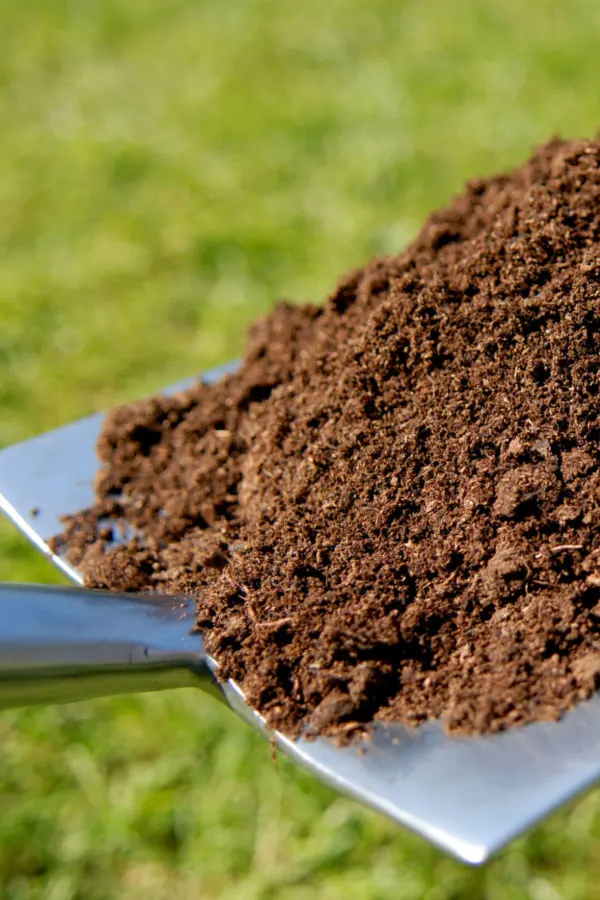
Compost is packed with a variety of pure nutrients that pepper plants thrive on. These nutrients are so pure that the roots of a pepper plant can absorb them quickly and easily. Additionally, compost is lightweight and rich in humus, which allows the roots of pepper plants to expand into the surrounding soil swiftly.
The faster a plant’s roots expand, the more energy they can absorb. But the benefits of compost don’t stop there. Compost also has an excellent capacity to retain moisture. In fact, it can hold nearly 10 times its weight in water. This means your pepper plants have access to the moisture they need right from the beginning!
When it comes to planting peppers, don’t hold back on the compost! Add two to three cups into each planting hole as you fill it in. There’s no risk of burning the plant’s roots with compost, so you can use it generously. This approach ensures your pepper plants get off to a great start. Affiliate Product Link: Charlie’s Compost 10lb
#2 Worm Castings – 3 Must Add Ingredients To Put In Your Pepper Planting Hole!
Worm castings, essentially the dried and aged manure of earthworms, are among the most gentle yet potent nutrients you can provide for your pepper transplants on planting day.
The nutrient composition of worm castings is just perfect for peppers. They not only have a balance of essential nutrients that pepper plants adore, similar to compost, but they’re also easily absorbed by the plants’ roots. What’s more, the energy they release is slow and steady, which is ideal for plant growth.
But the benefits of worm castings extend beyond just providing energy to pepper plants. They also have a great capacity to retain water, which helps to hydrate the roots perfectly as they settle into the new soil. Plus, their loose, lightweight structure makes it easier for roots to expand and grow quickly.
When planting, be generous with the castings – they can truly make a significant difference for your plants! For optimal results, mix in 3/4 to a full cup of castings into the soil of each planting hole. This will give your pepper plants the best start possible. Affiliate Link: Pure Organic Worm Castings Fertilizer
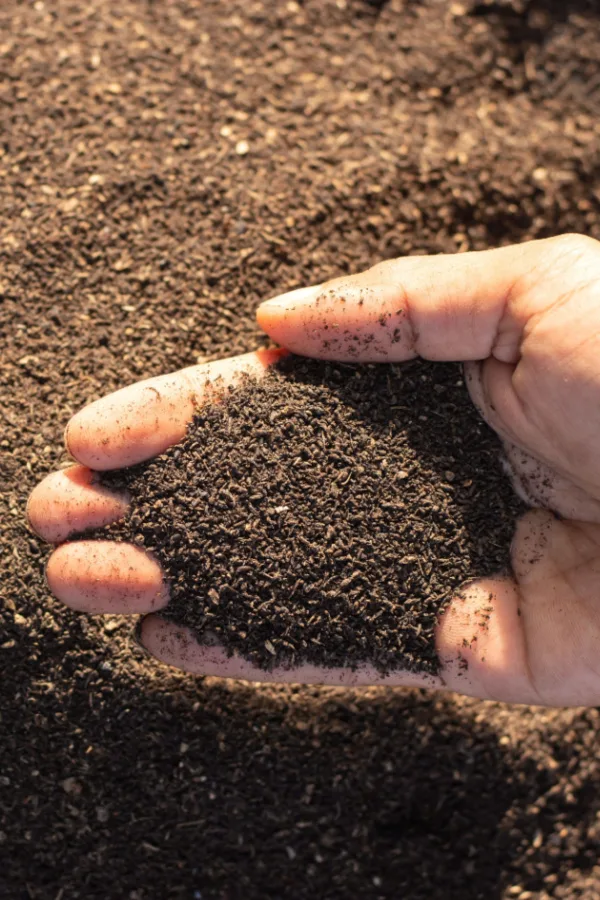
Absolutely, if you’re looking to give your plants an extra boost, sprinkling an additional 1/2 cup of worm castings around the surface after planting is a great idea. This top layer of castings and compost will function as a slow-release fertilizer, nourishing your plants every time it rains or you water them.
It’s an excellent strategy to promote early growth in your plants. So, don’t forget to add that extra sprinkle of worm castings after planting.
Wood Ashes – 3 Must Add Ingredients To Put In Your Pepper Planting Hole!
Finally, don’t overlook the value of good old-fashioned wood ashes from your fireplace or fire pit. They’re a fantastic addition to the planting hole of pepper plants. Wood ashes are rich in carbon, calcium, potassium, magnesium, and phosphorous, all of which are essential nutrients for the growth and production of pepper plants.
These nutrients do more than just stimulate growth; they also play a protective role for the plants. A prime example of this is the calcium released by wood ashes into the surrounding soil.
Just like tomato plants, pepper plants can be affected by blossom end rot if the soil lacks sufficient calcium. However, by adding a cup of ashes to each pepper planting hole, you can enhance the available calcium that plants need. Additionally, wood ashes help to lighten the soil and retain water, further assisting peppers in getting the moisture they need. So, don’t forget to add that cup of wood ashes when planting your peppers.
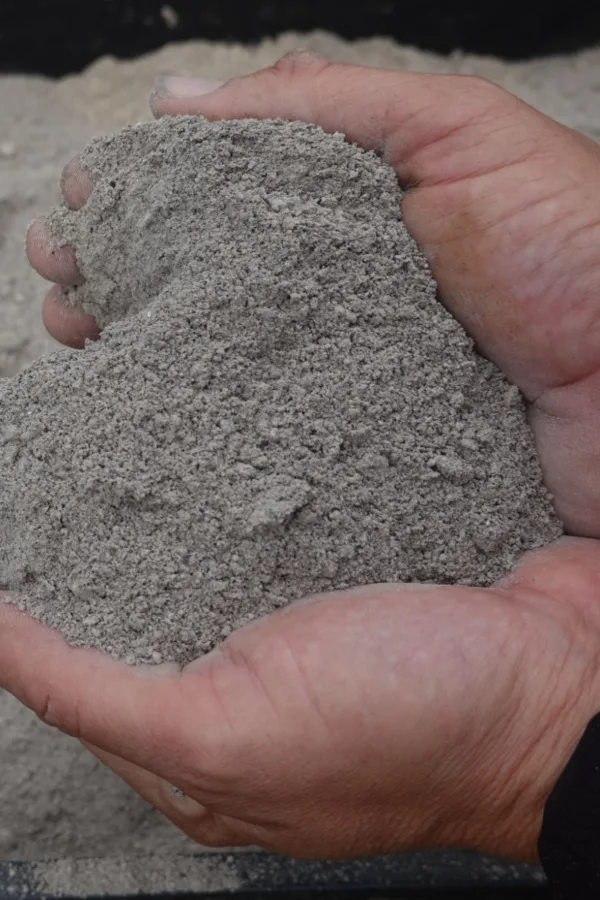
Absolutely, it’s important to exercise caution when using ashes. A single cup is the ideal amount for each transplant. Overdoing it can disrupt the pH balance of the soil and potentially hinder the growth of your pepper plants.
Furthermore, always ensure that you’re using ashes from pure wood fires. Avoid using ashes from fires where other materials, such as plastic or other foreign objects, may have been burned. These can release harmful chemicals into the soil. So, remember to use ashes wisely and responsibly for the best results.
